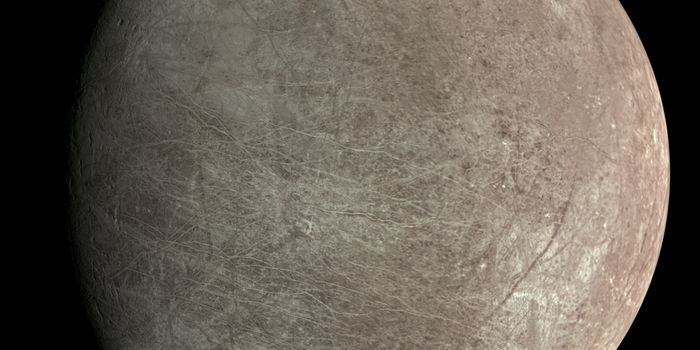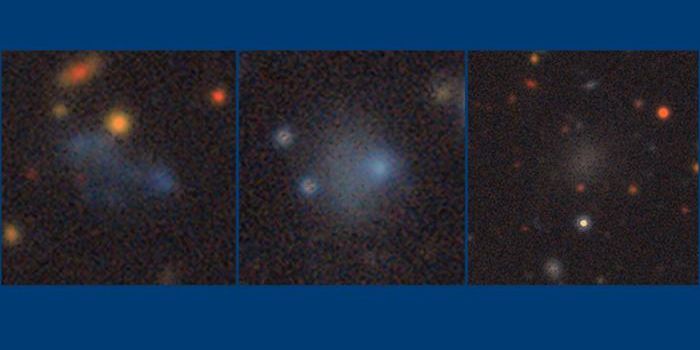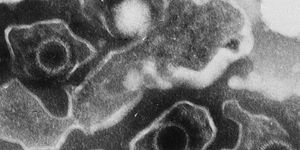Scientists Find a Gamma Ray Binary in Another Galaxy for the First Time
It isn’t very often that we get the opportunity to study systems from other galaxies, considering they’re so distant from us, but in a one-off instance, scientists have managed to spot a gamma ray binary system that isn’t from the Milky Way, and it was all made possible by the Fermi gamma ray space telescope.

Image Credit: NASA’s Goddard Space Flight Center
Dubbed LMC P3, this system is so luminous that we can see it from 163,000 light years away in the Large Magellanic Cloud galaxy.
The system is reportedly a remnant of a supernova that occurred quite some time ago and it contains both a super large star and a crushed stellar core leftover from a star that used to orbit along with the larger one. The two together put off gamma rays, which are observable with space equipment.
Finding systems like this one is altogether exceedingly rare. Nevertheless, this discovery is particularly important because it’s the first time we’ve ever spotted one that wasn’t from our own galaxy. The findings are published in The Astrophysical Journal.
"It is certainly a surprise to detect a gamma-ray binary in another galaxy before we find more of them in our own," said Guillaume Dubus, researcher from the Institute of Planetology and Astrophysics of Grenoble in France.
"One possibility is that the gamma-ray binaries Fermi has found are rare cases where a supernova formed a neutron star with exceptionally rapid spin, which would enhance how it produces accelerated particles and gamma rays."
NASA said in a statement that the surface of the star in the binary system reaches more than 60,000 degrees Fahrenheit, which is more than six times the temperature of the surface of the Sun.
At these temperatures, the star is also incredibly luminous and the light pressure is so high that it actually emits negatively-charged particles from the star into space.
Since these kinds of systems are rare and this is the first to be found outside of our own galaxy, it should be interesting to see if we can learn more about its formation and luminosity properties that make it stand out from the rest.
Source: NASA








